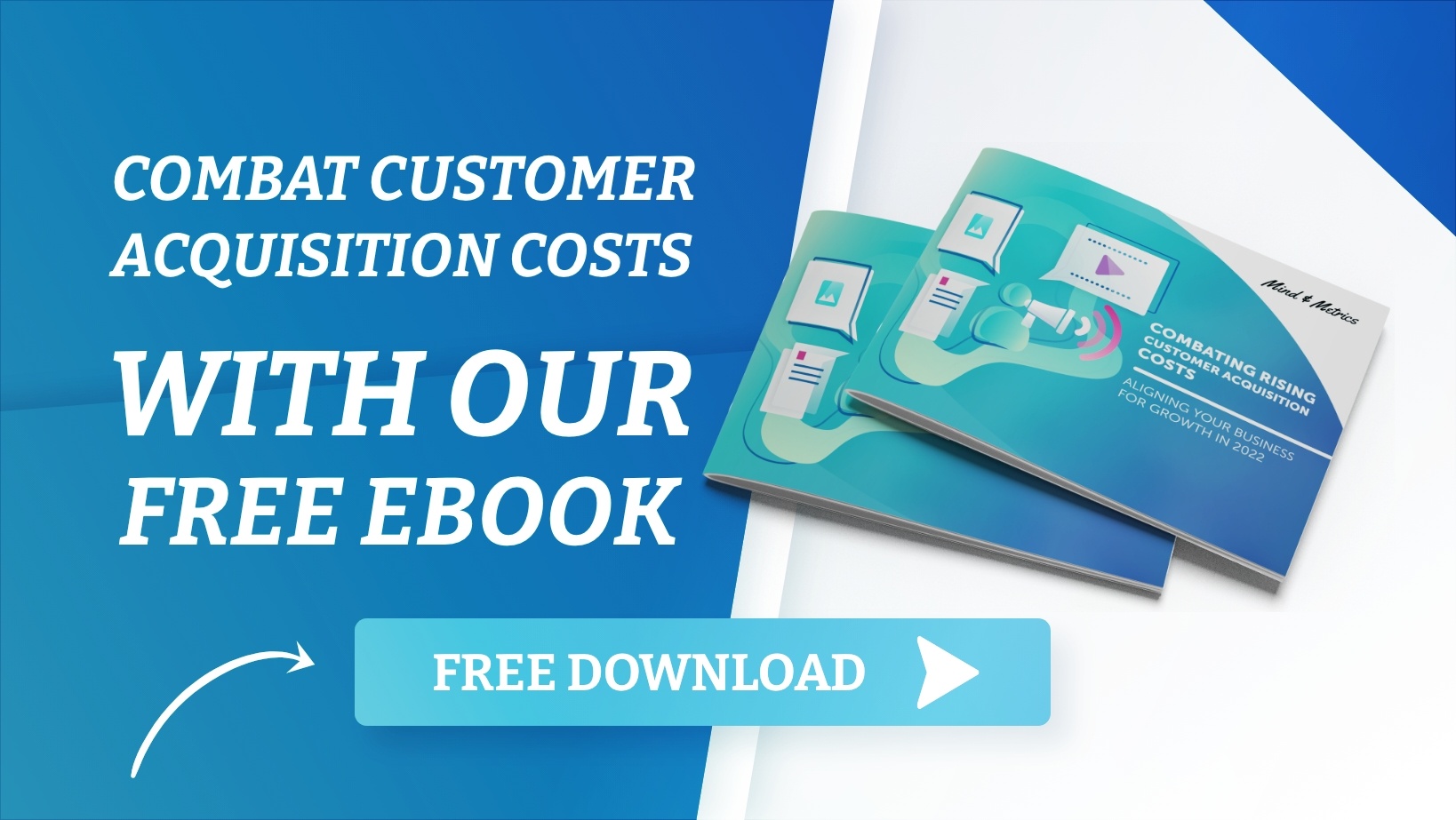Experience firsthand how Mind & Metrics + Supered.io can help your business streamline execution, eliminate unnecessary back-and-forth, and ensure AI accelerates growth—without the chaos.
How to Know When it’s Time to Redesign Your Website
Your website is the “face” of your online business. Its design and functionality dictates the customer journey. It should be consistently up and running, and almost anyone should be able to navigate through its pages with ease.
If your site is a source of stress for you or your customers, it’s not doing its job. If you have difficulty making even the smallest changes to your site’s appearance or functionality, the design is not mobile optimized, or your loading speed is lagging, it’s time to look into redesigning your website.
An outdated website can have an effect on every aspect of your online presence, including your search engine rankings. If you’re finding that your webpages are losing their rankings, or your site metrics like bounce rate are looking worse for the wear, the most likely culprit is a website issue.
Website redesign can be a boon to your SEO. Website redesign means making significant changes to the code that is responsible for your site’s appearance and functionality. The upfront cost and time investment can be daunting, but trying to live with a lacking website will result in more monetary loss over time, as your customers and leads will look elsewhere for their needs.
Here are some signs that your website needs a redesign.
Branding or Design Inconsistencies
If your brand has been around for a while, you have surely changed up your look at least somewhat. Design trends fall in and out of vogue; what looked good a couple of years ago now seems dated. And marketing tactics evolve - maybe your ideal customer has changed over time. Does your site still appeal to your target audience?
Take a few minutes to comb through your website pages. If there are variations in font, format, color palette, and overall “look” throughout the pages, this is bad news for your brand. A huge aspect of building your brand is keeping it consistent. Lack of consistency may mean your leads will start to feel less confident in your offerings, and your messaging can seem less effective.
The solution to this issue is to audit your site theme. Make sure all pages have the same theme, and that this theme is in line with the branding you’re going for.
Disappointing Site Metrics and SEO
Have your site metrics been suffering as of late? Specifically, these metrics often pertain to your website design:
- Bounce rate
- Conversion rate - how many of your site visitors are turning into leads?
- Google keyword rankings
Bounce Rate
An increase in bounce rate could mean that site visitors are having difficulty finding what they’re looking for. Generally, if a user can’t understand the purpose of a page within 10 seconds of loading it, they’re likely to bump off. Make sure your site’s navigation is easy to find and understand, and keep your page headings clear and concise.
Conversion Rate
How many visitors who view your product/service pages end up expressing interest in purchasing? Are your lead magnets being downloaded?
If your conversion rate is very low (below 2%), consider if your website design is having an effect.
Keyword Rankings
Has your website’s rankings for your target keywords gone down recently? Of course some fluctuation is normal, but if you’re falling out of good standing with a lot of keywords, your site design may be confusing or have some other issue.
This could have to do with your on-page SEO and metadata (meta descriptions, alt text) falling short of your competitors. But your ranking is also affected by bounce rate - if a page on your site is ranking high in the SERPs for a search query, and a very high proportion of the people who click on your site in the search results hit the back button almost immediately, this tells Google that your site is irrelevant for the query it came up for, and will decrease its ranking.
Is Your Google Analytics Campaign Upgraded?
A drop in the success of site metrics may also have to do with how your data is collected. Is your Google Analytics campaign still Universal Analytics? If so, your website engagement data is likely not as accurate as it could be.
Google will phase out support for UA campaigns in July 2023. If you still have UA, consider switching your campaign to GA4.
Your Site is Not Mobile Optimized
Over half of all website traffic worldwide (about 60%) is from mobile users. Your site should look just as good on mobile as it does on desktop.
Mobile-responsive design is vital for every brand’s website. If mobile users can’t comfortably navigate your site, you’ll lose out on a lot of traffic, and your SEO rankings will suffer as well. Responsive design requires additional CSS that will adapt the design to different screen sizes.
Your Site Isn't Secure
An SSL certificate, though important, is not the end-all-be-all of site security, especially if you’re storing sensitive customer information like credit card numbers.
SSL certificates encrypt user information when it’s in transit between a user’s device and your server, preventing the information from being stolen along the way. This does not prevent hackers from trying to breach your data in other ways, though.
The last thing you want is a security breach. If your customers find that their information has been stolen after using your website, or web browsers begin to show alerts about potential malware when visiting your website, your reputation will be dragged through the mud.
Always be sure to keep your CRM and any software or plugins you use up-to-date, so any vulnerabilities are patched up.
Slow Loading Speed
Ideally, websites shouldn’t take more than five seconds to load. Web users today expect lightning-fast loading speeds, and don’t have the patience for laggy sites.
If your site is slow, here are some potential reasons which could be addressed during a redesign:
- Image/video file sizes are too large
- You have bulky code - it contains too many characters and line breaks, or is written in a way that could be simplified
- Your site has poorly written or unoptimized JavaScript
- Your JavaScript is render-blocking
- You have a large number of plugins
To improve your site’s loading speed, you’ll likely need a developer to sift through the code and slim it down as much as possible, so it has the same functionality but can be read quicker by a web browser.
Your Site's Functionality is Difficult to Update
Does every new campaign you want to implement seem to require a custom build or a new plugin? Have you found yourself adding more and more code to your site and constantly reworking small things?
If every small update to your website, such as publishing a blog post or switching out a photo, is a major challenge, you’re likely using an outdated content management system, or CMS. Your CMS should make your life easier, not harder.
You’ll also run into this issue if you are using a proprietary custom site build, or closed-source CMS. If a developer custom built your site, and only they have access to the source code, your site’s upkeep will require you to regularly pay this developer. This type of CMS takes away your ability to manage your own content, and makes upgrades more expensive and time-consuming.
Switching your CMS is a major but necessary change if you’re endlessly struggling with site updates.
Retain Your Customers With an Optimized Website
A website that is mobile-friendly and easy to navigate will smooth out the customer journey and increase customer retention. Acquiring new customers is more expensive than it has ever been, due to intense competition and rising costs of paid media.
Besides streamlining the customer journey with a website redesign, download our free eBook to learn how to combat rising customer acquisition costs.

